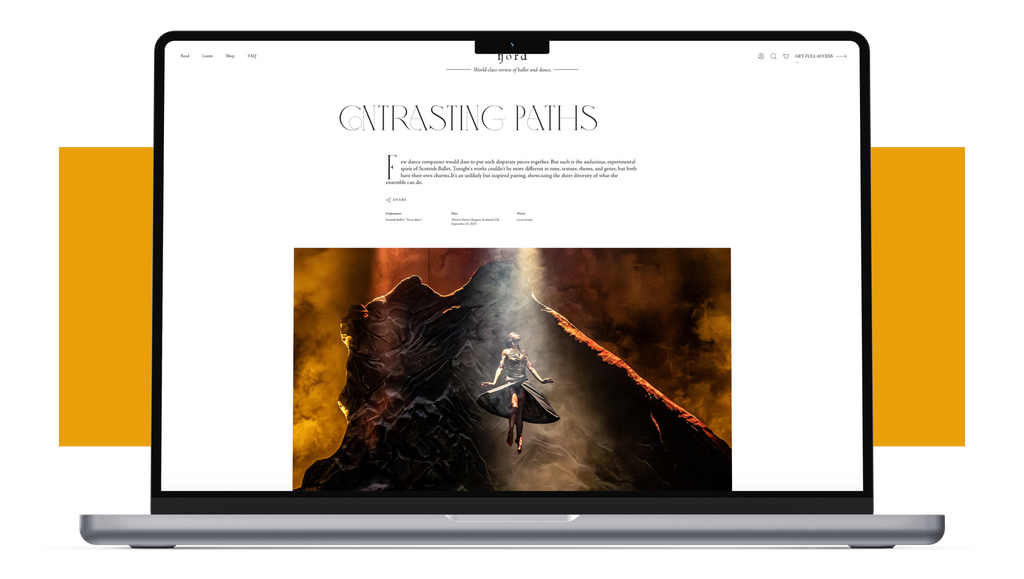Sweet Fields
According to artistic director Peter Boal’s welcome letter for Pacific Northwest Ballet’s fifth season program, the most popular mixed rep slates at PNB feature works by Crystal Pite or Twyla Tharp.
Continue Reading
World-class review of ballet and dance.
The prolific drummer Max Roach would have been 100 years old on January 10, and all around the world, admirers have been celebrating. The Joyce Theater joined the party on April 6 with an evening of commissioned dance works to Roach’s music choreographed by Ayodele Casel, Rennie Harris, and Ronald K. Brown and Arcell Cabuag, curated by Richard Colton.
Performance
Place
Words



“Uncommonly intelligent, substantial coverage.”
Already a paid subscriber? Login

According to artistic director Peter Boal’s welcome letter for Pacific Northwest Ballet’s fifth season program, the most popular mixed rep slates at PNB feature works by Crystal Pite or Twyla Tharp.
Continue ReadingLassoing is a surprising through-line for a Martha Graham Dance Company performance. The theme steps generally tend towards the child-birthing variety: contractions and deep squats.
Continue ReadingAs a dance viewer, it’s easy to get swept up in the grand movements in a piece, glossing over the finer details.
Continue ReadingHubbard Street Dance Chicago was in New York for a two-week run March 12–24 at the Joyce Theater, a venue that consistently programs excellent smaller dance companies in its 472-seat theater.
Continue Reading
comments